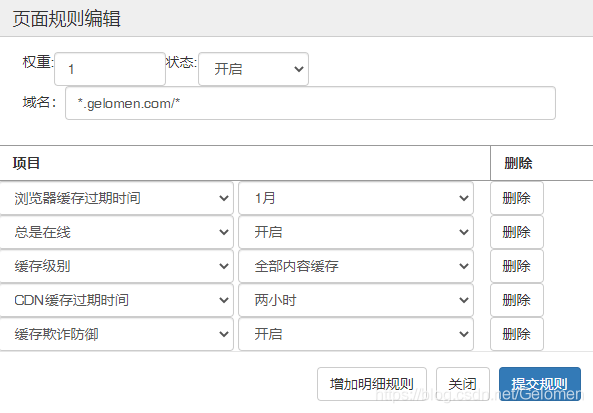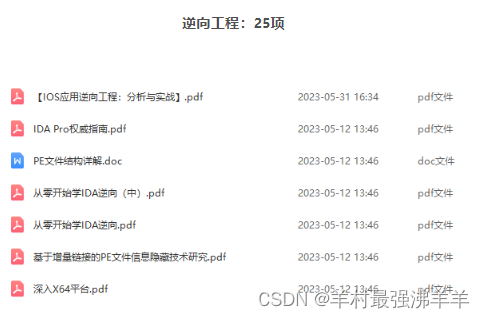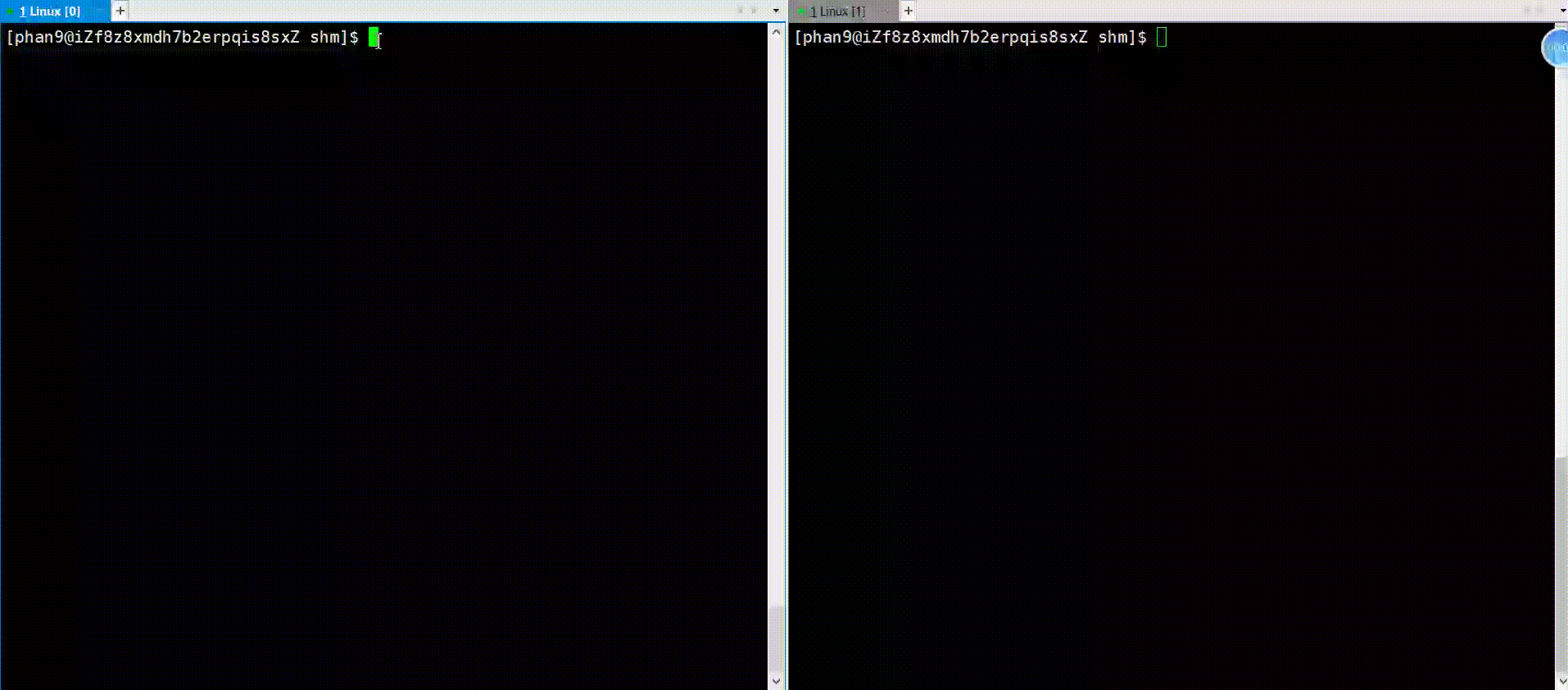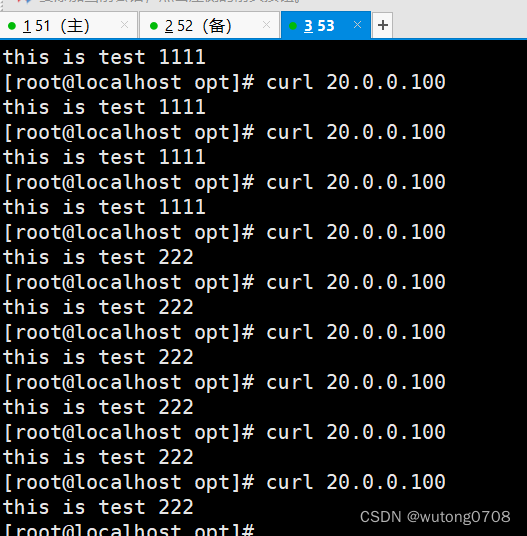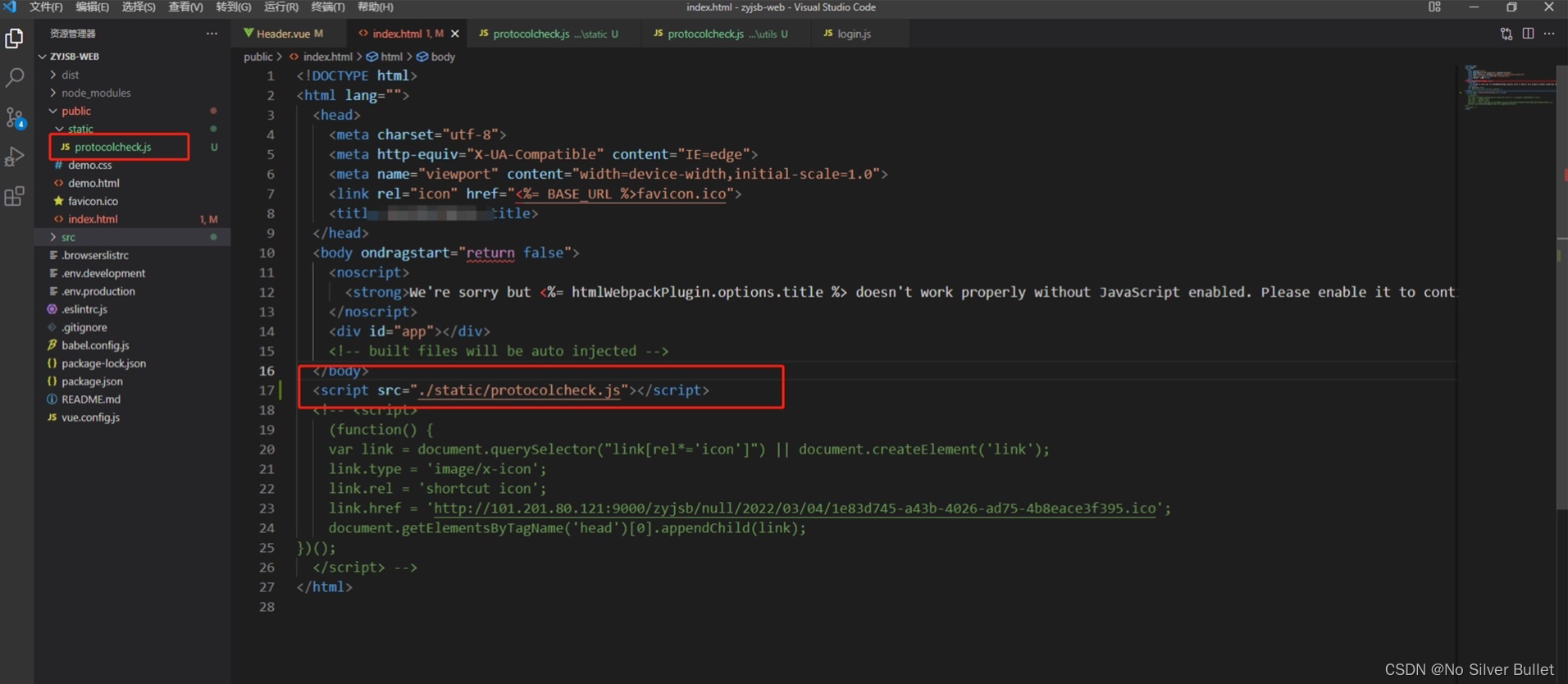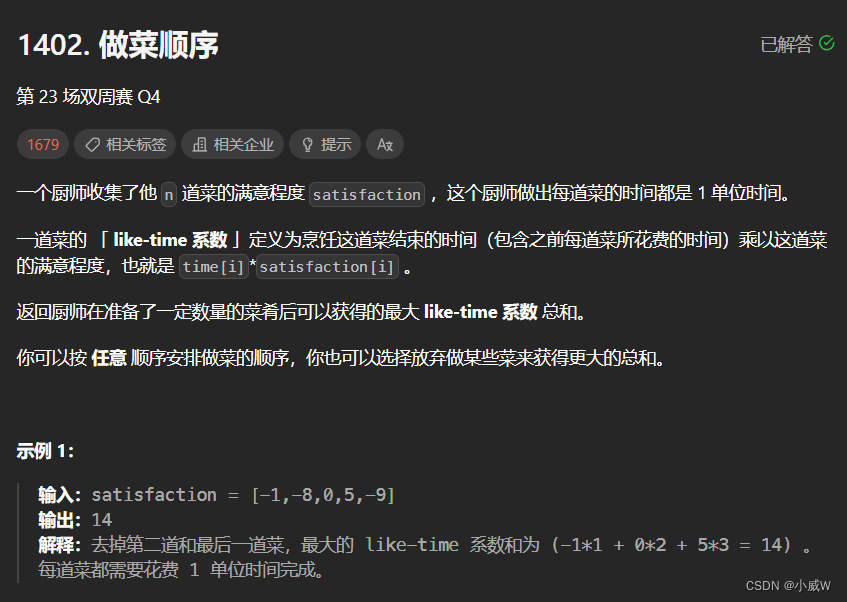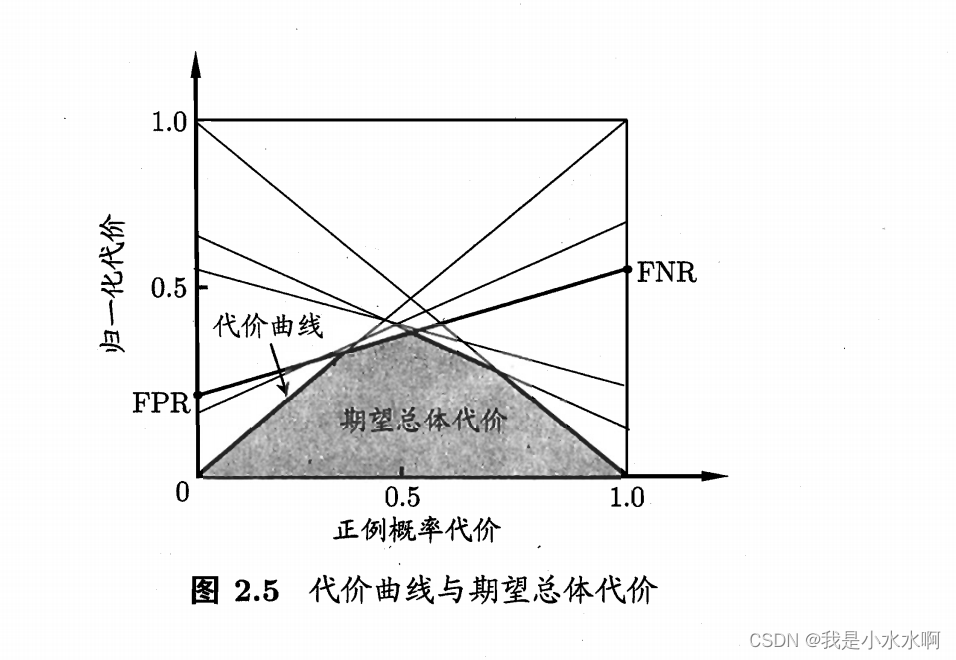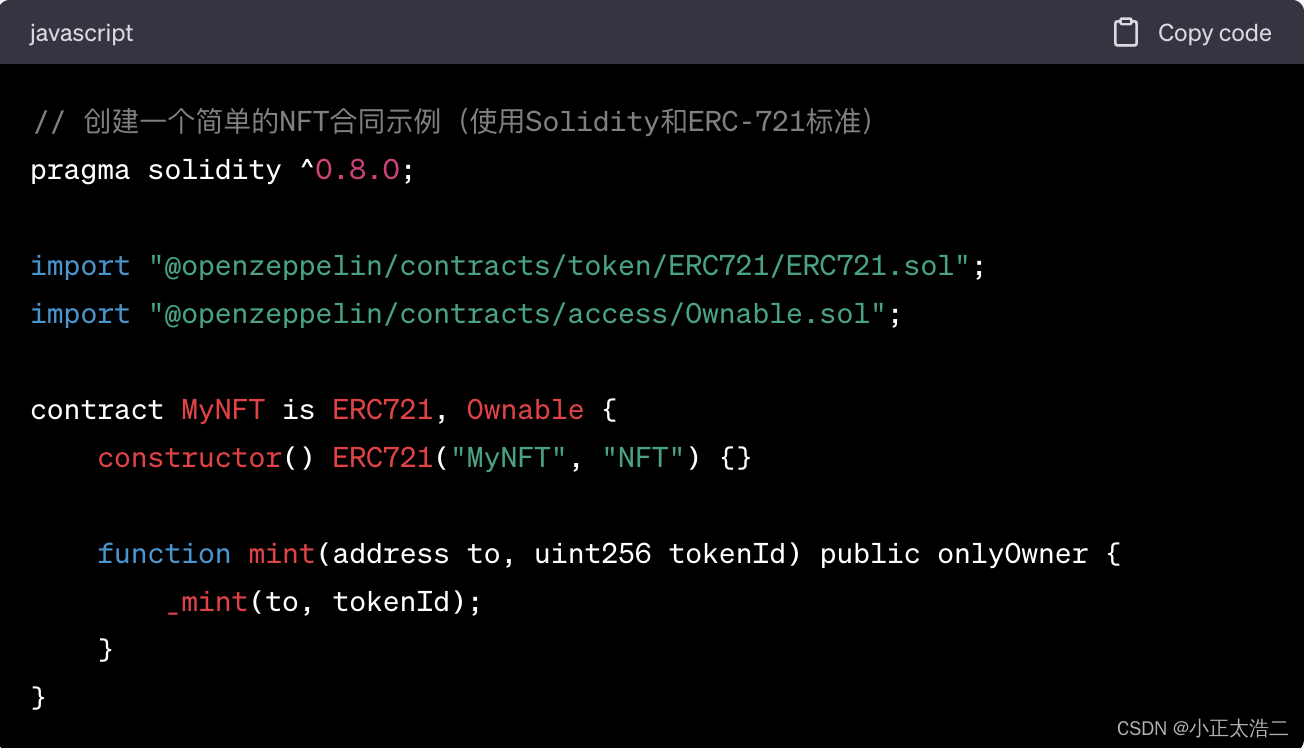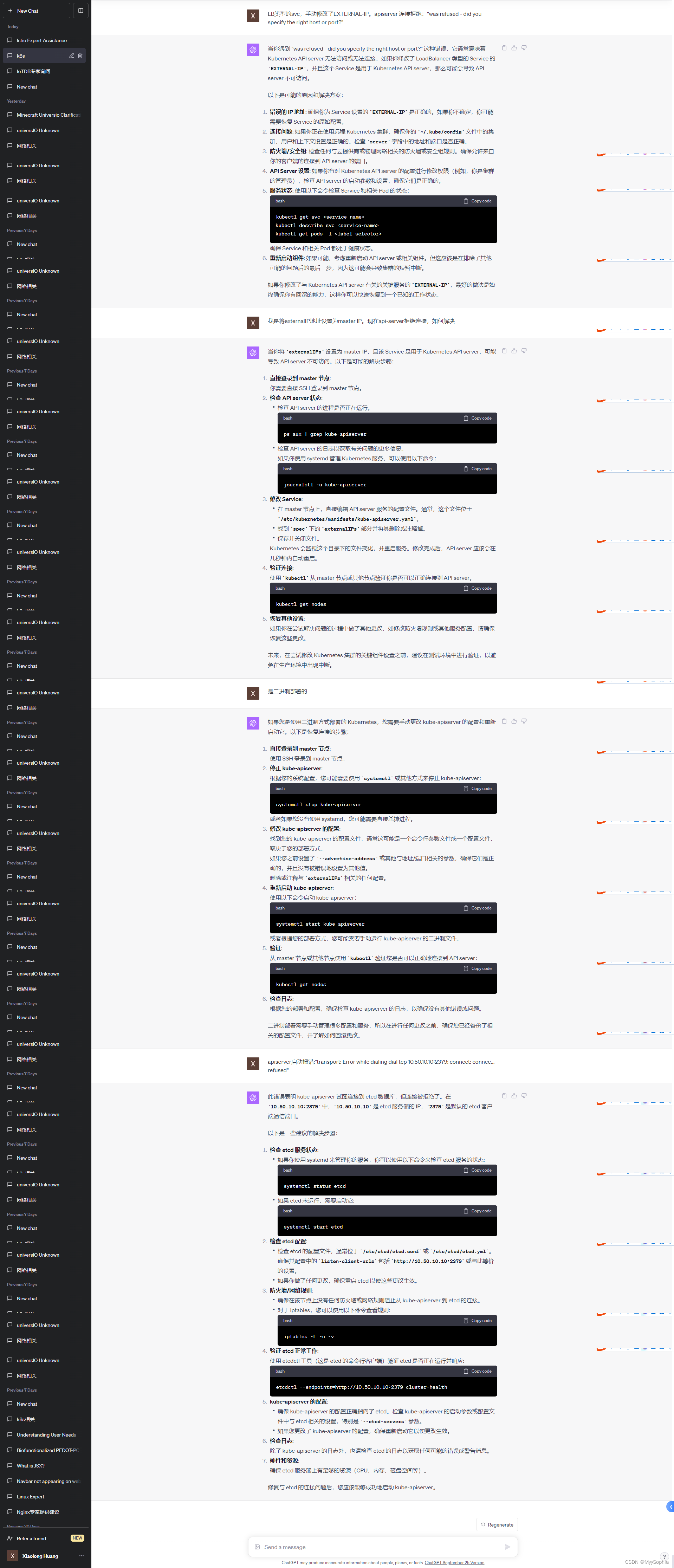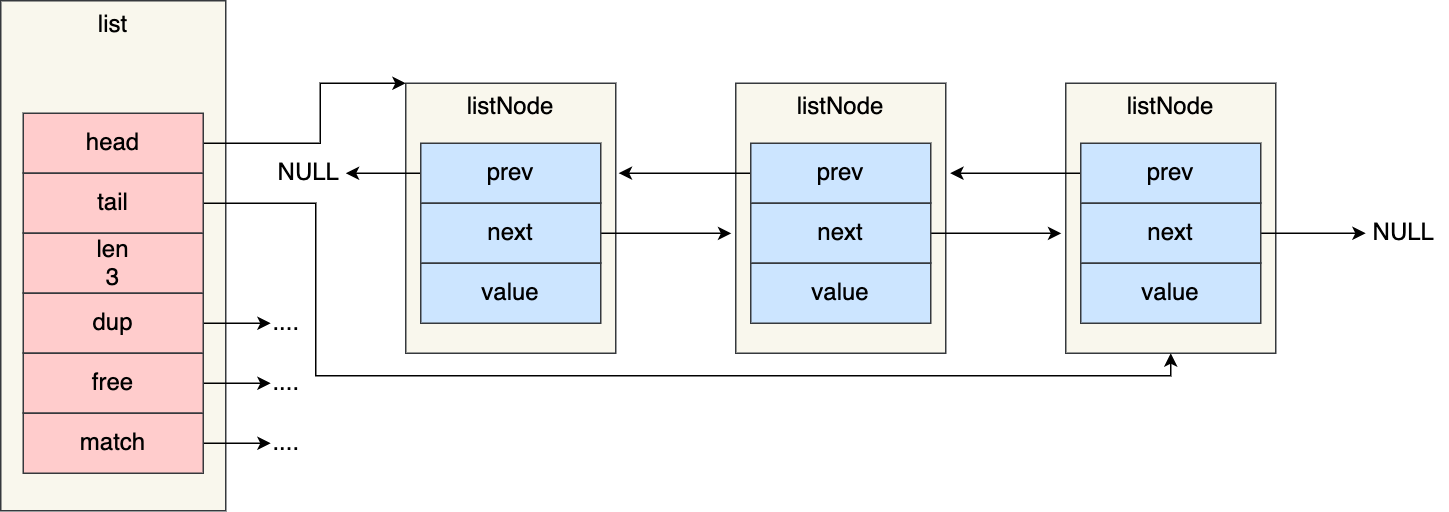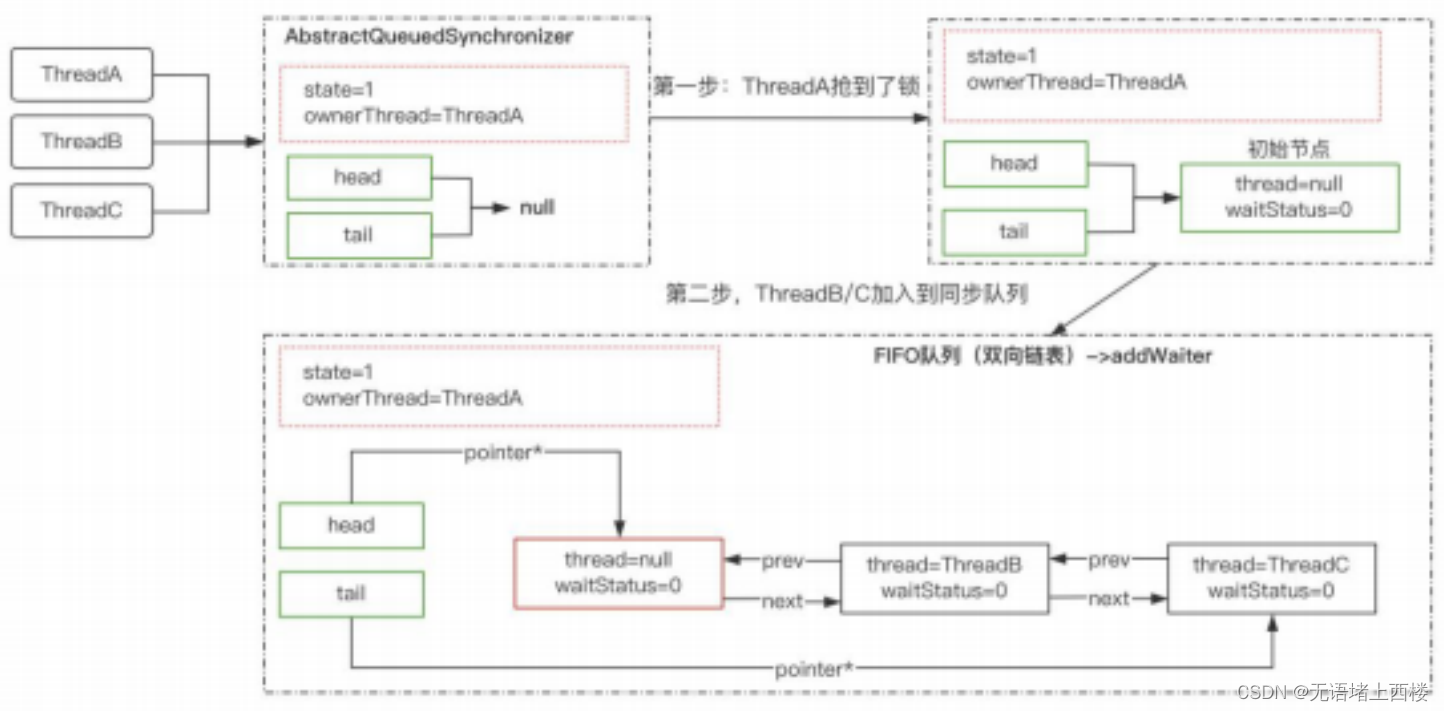文章目录
- list简介
- list的使用
- 默认成员函数的使用
- list容器元素的修改
- front和back
- push_front和pop_front
- push_back和pop_back
- insert
- erase
- list迭代器
- begin和end
- rbegin和rend
- list大小控制
- resize
- clear
- list操作函数
- sort
- splice
- remove
- remove_if
- unique
- merge
- reverse
- assign
- C++STL----list的使用
- list简介
- list的使用
- 默认成员函数的使用
- list容器元素的修改
- front和back
- push_front和pop_front
- push_back和pop_back
- insert
- erase
- list迭代器
- begin和end
- rbegin和rend
- list大小控制
- resize
- clear
- list操作函数
- sort
- splice
- remove
- remove_if
- unique
- merge
- reverse
- assign
list简介
- list是一种可以在常数范围内在任意位置进行插入和删除的序列式容器,并且该容器可以前后双向迭代。
- list的底层是带头双向链表,带头双向链表中每个元素存储在独立结点当中,在结点中通过指针指向其前一个元素和后一个元素。
- list与forward_list非常相似,最主要的不同在于forward_list是单链表,只能进行单方向迭代。
- 与其他容器相比,list通常在任意位置进行插入、删除元素的执行效率更高。
- list和forward_list最大的缺陷是不支持在任意位置的随机访问,其次,list还需要一些额外的空间,以保存每个结点之间的关联信息(对于存储的类型较小元素来说这可能是一个重要的因素)。

list的使用
默认成员函数的使用
构造一个某类型的空容器
list<int> lt1; //构造int类型的空容器
构造一个含有n个val的某类型容器
list<int> lt2(10, 2); //构造含有10个2的int类型容器
拷贝构造某类型容器的复制品
list<int> lt3(lt2); //拷贝构造int类型的lt2容器的复制品
使用迭代器拷贝构造某一段内容
string s("hello world");
list<char> lt4(s.begin(),s.end()); //构造string对象某段区间的复制品
构造数组某段区间的复制品
int arr[] = { 1, 2, 3, 4, 5 };
int sz = sizeof(arr) / sizeof(int);
list<int> lt5(arr, arr + sz); //构造数组某段区间的复制品
list容器元素的修改
front和back
front函数用于获取list容器当中的第一个元素,back函数用于获取list容器当中的最后一个元素。
#include <iostream>
#include <list>
using namespace std;
int main()
{
list<int> lt;
lt.push_back(0);
lt.push_back(1);
lt.push_back(2);
lt.push_back(3);
lt.push_back(4);
cout << lt.front() << endl; //0
cout << lt.back() << endl; //4
return 0;
}
push_front和pop_front
push_front函数用于头插一个数据,pop_front函数用于头删一个数据。
#include <iostream>
#include <list>
using namespace std;
int main()
{
list<int> lt;
lt.push_front(0);
lt.push_front(1);
lt.push_front(2);
for (auto e : lt)
{
cout << e << " ";
}
cout << endl; //2 1 0
lt.pop_front();
for (auto e : lt)
{
cout << e << " ";
}
cout << endl; //1 0
return 0;
}
push_back和pop_back
push_back函数用于尾插一个数据,pop_back函数用于尾删一个数据。
#include <iostream>
#include <list>
using namespace std;
int main()
{
list<int> lt;
lt.push_back(0);
lt.push_back(1);
lt.push_back(2);
lt.push_back(3);
for (auto e : lt)
{
cout << e << " ";
}
cout << endl; //0 1 2 3
lt.pop_back();
lt.pop_back();
for (auto e : lt)
{
cout << e << " ";
}
cout << endl;//0 1
return 0;
}
insert
插入元素
#include <iostream>
#include <algorithm>
#include <vector>
#include <list>
using namespace std;
int main()
{
list<int> lt;
lt.push_back(1);
lt.push_back(2);
lt.push_back(3);
list<int>::iterator pos = find(lt.begin(), lt.end(), 2);
//在指定迭代器位置插入一个数。
lt.insert(pos, 9); //在2的位置插入9
for (auto e : lt)
{
cout << e << " ";
}
cout << endl; //1 9 2 3
pos = find(lt.begin(), lt.end(), 3);
//在指定迭代器位置插入n个值为val的数。
lt.insert(pos, 2, 8); //在3的位置插入2个8
for (auto e : lt)
{
cout << e << " ";
}
cout << endl; //1 9 2 8 8 3
vector<int> v(2, 7);
pos = find(lt.begin(), lt.end(), 1);
//在指定迭代器位置插入一段迭代器区间(左闭右开)。
lt.insert(pos, v.begin(), v.end()); //在1的位置插入2个7
for (auto e : lt)
{
cout << e << " ";
}
cout << endl; //7 7 1 9 2 8 8 3
return 0;
}
注: find函数是头文件“algorithm”当中的一个函数,该函数在指定迭代器区间寻找指定值的位置,并返回该位置的迭代器。
erase
删除元素
#include <iostream>
#include <algorithm>
#include <list>
using namespace std;
int main()
{
list<int> lt;
lt.push_back(1);
lt.push_back(2);
lt.push_back(3);
lt.push_back(4);
lt.push_back(5);
list<int>::iterator pos = find(lt.begin(), lt.end(), 2);
//删除指定迭代器位置的元素。
lt.erase(pos); //删除2
for (auto e : lt)
{
cout << e << " ";
}
cout << endl; //1 3 4 5
pos = find(lt.begin(), lt.end(), 4);
//删除指定迭代器区间(左闭右开)的所有元素。
lt.erase(pos, lt.end()); //删除4及其之后的元素
for (auto e : lt)
{
cout << e << " ";
}
cout << endl; //1 3
return 0;
}
list迭代器
begin和end
通过begin函数可以得到容器中第一个元素的正向迭代器,通过end函数可以得到容器中最后一个元素的后一个位置的正向迭代器。
#include <iostream>
#include <list>
using namespace std;
int main()
{
list<int> lt(10, 2);
//正向迭代器遍历容器
list<int>::iterator it = lt.begin();
while (it != lt.end())
{
cout << *it << " ";
it++;
}
cout << endl;
return 0;
}
rbegin和rend
通过rbegin函数可以得到容器中最后一个元素的反向迭代器,通过rend函数可以得到容器中第一个元素的前一个位置的反向迭代器。
#include <iostream>
#include <list>
using namespace std;
int main()
{
list<int> lt(10, 2);
//反向迭代器遍历容器
list<int>::reverse_iterator rit = lt.rbegin();
while (rit != lt.rend())
{
cout << *rit << " ";
rit++;
}
cout << endl;
return 0;
}
list大小控制
resize
- 当所给值大于当前的size时,将size扩大到该值,扩大的数据为第二个所给值,若未给出,则默认为容器所存储类型的默认构造函数所构造出来的值。
- 当所给值小于当前的size时,将size缩小到该值。
#include <iostream>
#include <list>
using namespace std;
int main()
{
list<int> lt(5, 3);
for (auto e : lt)
{
cout << e << " ";
}
cout << endl; //3 3 3 3 3
lt.resize(7, 6); //将size扩大为7,扩大的值为6
for (auto e : lt)
{
cout << e << " ";
}
cout << endl; //3 3 3 3 3 6 6
lt.resize(2); //将size缩小为2
for (auto e : lt)
{
cout << e << " ";
}
cout << endl; //3 3
return 0;
}
clear
#include <iostream>
#include <list>
using namespace std;
int main()
{
list<int> lt(5, 2);
for (auto e : lt)
{
cout << e << " ";
}
cout << endl; //2 2 2 2 2
cout << lt.size() << endl; //5
lt.clear(); //清空容器
for (auto e : lt)
{
cout << e << " ";
}
cout << endl; //(无数据)
cout << lt.size() << endl; //0
return 0;
}
注意: clear与析构函数不同,clear是清除除头结点外的所有节点,析构函数是清除包括头结点的所有节点。
list操作函数
sort
sort函数可以将容器当中的数据默认排为升序。
#include <iostream>
#include <list>
using namespace std;
int main()
{
list<int> lt;
lt.push_back(4);
lt.push_back(7);
lt.push_back(5);
lt.push_back(9);
lt.push_back(6);
lt.push_back(0);
lt.push_back(3);
for (auto e : lt)
{
cout << e << " ";
}
cout << endl; //4 7 5 9 6 0 3
lt.sort(); //默认将容器内数据排为升序
for (auto e : lt)
{
cout << e << " ";
}
cout << endl; //0 3 4 5 6 7 9
return 0;
}
splice
splice函数用于两个list容器之间的拼接
三种拼接方式:
- 将整个容器拼接到另一个容器的指定迭代器位置。
- 将容器当中的某一个数据拼接到另一个容器的指定迭代器位置。
- 将容器指定迭代器区间的数据拼接到另一个容器的指定迭代器位置。
#include <iostream>
#include <list>
using namespace std;
int main()
{
list<int> lt1(4, 2);
list<int> lt2(4, 6);
//将容器lt2拼接到容器lt1的开头
lt1.splice(lt1.begin(), lt2);
for (auto e : lt1)
{
cout << e << " ";
}
cout << endl; //6 6 6 6 2 2 2 2
list<int> lt3(4, 2);
list<int> lt4(4, 6);
//将容器lt4的第一个数据拼接到容器lt3的开头
lt3.splice(lt3.begin(), lt4, lt4.begin());
for (auto e : lt3)
{
cout << e << " ";
}
cout << endl; //6 2 2 2 2
list<int> lt5(4, 2);
list<int> lt6(4, 6);
//将容器lt6的指定迭代器区间内的数据拼接到容器lt5的开头
lt5.splice(lt5.begin(), lt6, lt6.begin(), lt6.end());
for (auto e : lt5)
{
cout << e << " ";
}
cout << endl; //6 6 6 6 2 2 2 2
return 0;
}
注意: 容器当中被拼接到另一个容器的数据在原容器当中就不存在了。(实际上就是将链表当中的指定结点拼接到了另一个容器当中)
remove
remove函数用于删除容器当中特定值的元素。
#include <iostream>
#include <list>
using namespace std;
int main()
{
list<int> lt;
lt.push_back(1);
lt.push_back(4);
lt.push_back(3);
lt.push_back(3);
lt.push_back(2);
lt.push_back(2);
lt.push_back(3);
for (auto e : lt)
{
cout << e << " ";
}
cout << endl; //1 4 3 3 2 2 3
lt.remove(3); //删除容器当中值为3的元素
for (auto e : lt)
{
cout << e << " ";
}
cout << endl; //1 4 2 2
return 0;
}
remove_if
remove_if函数用于删除容器当中满足条件的元素。
#include <iostream>
#include <list>
using namespace std;
bool single_digit(const int& val)
{
return val < 10;
}
int main()
{
list<int> lt;
lt.push_back(10);
lt.push_back(4);
lt.push_back(7);
lt.push_back(18);
lt.push_back(2);
lt.push_back(5);
lt.push_back(9);
for (auto e : lt)
{
cout << e << " ";
}
cout << endl; //10 4 7 18 2 5 9
lt.remove_if(single_digit); //删除容器当中值小于10的元素
for (auto e : lt)
{
cout << e << " ";
}
cout << endl; //10 18
return 0;
}
unique
unique函数用于删除容器当中连续的重复元素。
#include <iostream>
#include <list>
using namespace std;
int main()
{
list<int> lt;
lt.push_back(1);
lt.push_back(4);
lt.push_back(3);
lt.push_back(3);
lt.push_back(2);
lt.push_back(2);
lt.push_back(3);
for (auto e : lt)
{
cout << e << " ";
}
cout << endl; //1 4 3 3 2 2 3
lt.sort(); //将容器当中的元素排为升序
lt.unique(); //删除容器当中连续的重复元素
for (auto e : lt)
{
cout << e << " ";
}
cout << endl; //1 2 3 4
return 0;
}
注意: 若想使用unique函数做到真正的去重,还需在去重前对容器内元素进行排序。
merge
merge函数用于将一个有序list容器合并到另一个有序list容器当中,使得合并后的list容器任然有序。(类似于归并排序)
#include <iostream>
#include <list>
using namespace std;
int main()
{
list<int> lt1;
lt1.push_back(3);
lt1.push_back(8);
lt1.push_back(1);
list<int> lt2;
lt2.push_back(6);
lt2.push_back(2);
lt2.push_back(9);
lt2.push_back(5);
lt1.sort(); //将容器lt1排为升序
lt2.sort(); //将容器lt2排为升序
lt1.merge(lt2); //将lt2合并到lt1当中
for (auto e : lt1)
{
cout << e << " ";
}
cout << endl; //1 2 3 5 6 8 9
return 0;
}
reverse
reverse函数用于将容器当中元素的位置进行逆置。
#include <iostream>
#include <list>
using namespace std;
int main()
{
list<int> lt;
lt.push_back(1);
lt.push_back(2);
lt.push_back(3);
lt.push_back(4);
lt.push_back(5);
lt.reverse(); //将容器当中元素的位置进行逆置
for (auto e : lt)
{
cout << e << " ";
}
cout << endl; //5 4 3 2 1
return 0;
}
assign
assign函数用于将新内容分配给容器,替换其当前内容
新内容的赋予方式有两种:
- 将n个值为val的数据分配给容器。
- 将所给迭代器区间当中的内容分配给容器。
#include <iostream>
#include <string>
#include <list>
using namespace std;
int main()
{
list<char> lt(3, 'a');
lt.assign(3, 'b'); //将新内容分配给容器,替换其当前内容
for (auto e : lt)
{
cout << e << " ";
}
cout << endl; //b b b
string s("hello world");
lt.assign(s.begin(), s.end()); //将新内容分配给容器,替换其当前内容
for (auto e : lt)
{
cout << e << " ";
}
cout << endl; //h e l l o w o r l d
return 0;
}
C++STL----list的使用
list简介
- list是一种可以在常数范围内在任意位置进行插入和删除的序列式容器,并且该容器可以前后双向迭代。
- list的底层是带头双向链表,带头双向链表中每个元素存储在独立结点当中,在结点中通过指针指向其前一个元素和后一个元素。
- list与forward_list非常相似,最主要的不同在于forward_list是单链表,只能进行单方向迭代。
- 与其他容器相比,list通常在任意位置进行插入、删除元素的执行效率更高。
- list和forward_list最大的缺陷是不支持在任意位置的随机访问,其次,list还需要一些额外的空间,以保存每个结点之间的关联信息(对于存储的类型较小元素来说这可能是一个重要的因素)。

list的使用
默认成员函数的使用
构造一个某类型的空容器
list<int> lt1; //构造int类型的空容器
构造一个含有n个val的某类型容器
list<int> lt2(10, 2); //构造含有10个2的int类型容器
拷贝构造某类型容器的复制品
list<int> lt3(lt2); //拷贝构造int类型的lt2容器的复制品
使用迭代器拷贝构造某一段内容
string s("hello world");
list<char> lt4(s.begin(),s.end()); //构造string对象某段区间的复制品
构造数组某段区间的复制品
int arr[] = { 1, 2, 3, 4, 5 };
int sz = sizeof(arr) / sizeof(int);
list<int> lt5(arr, arr + sz); //构造数组某段区间的复制品
list容器元素的修改
front和back
front函数用于获取list容器当中的第一个元素,back函数用于获取list容器当中的最后一个元素。
#include <iostream>
#include <list>
using namespace std;
int main()
{
list<int> lt;
lt.push_back(0);
lt.push_back(1);
lt.push_back(2);
lt.push_back(3);
lt.push_back(4);
cout << lt.front() << endl; //0
cout << lt.back() << endl; //4
return 0;
}
push_front和pop_front
push_front函数用于头插一个数据,pop_front函数用于头删一个数据。
#include <iostream>
#include <list>
using namespace std;
int main()
{
list<int> lt;
lt.push_front(0);
lt.push_front(1);
lt.push_front(2);
for (auto e : lt)
{
cout << e << " ";
}
cout << endl; //2 1 0
lt.pop_front();
for (auto e : lt)
{
cout << e << " ";
}
cout << endl; //1 0
return 0;
}
push_back和pop_back
push_back函数用于尾插一个数据,pop_back函数用于尾删一个数据。
#include <iostream>
#include <list>
using namespace std;
int main()
{
list<int> lt;
lt.push_back(0);
lt.push_back(1);
lt.push_back(2);
lt.push_back(3);
for (auto e : lt)
{
cout << e << " ";
}
cout << endl; //0 1 2 3
lt.pop_back();
lt.pop_back();
for (auto e : lt)
{
cout << e << " ";
}
cout << endl;//0 1
return 0;
}
insert
插入元素
#include <iostream>
#include <algorithm>
#include <vector>
#include <list>
using namespace std;
int main()
{
list<int> lt;
lt.push_back(1);
lt.push_back(2);
lt.push_back(3);
list<int>::iterator pos = find(lt.begin(), lt.end(), 2);
//在指定迭代器位置插入一个数。
lt.insert(pos, 9); //在2的位置插入9
for (auto e : lt)
{
cout << e << " ";
}
cout << endl; //1 9 2 3
pos = find(lt.begin(), lt.end(), 3);
//在指定迭代器位置插入n个值为val的数。
lt.insert(pos, 2, 8); //在3的位置插入2个8
for (auto e : lt)
{
cout << e << " ";
}
cout << endl; //1 9 2 8 8 3
vector<int> v(2, 7);
pos = find(lt.begin(), lt.end(), 1);
//在指定迭代器位置插入一段迭代器区间(左闭右开)。
lt.insert(pos, v.begin(), v.end()); //在1的位置插入2个7
for (auto e : lt)
{
cout << e << " ";
}
cout << endl; //7 7 1 9 2 8 8 3
return 0;
}
注: find函数是头文件“algorithm”当中的一个函数,该函数在指定迭代器区间寻找指定值的位置,并返回该位置的迭代器。
erase
删除元素
#include <iostream>
#include <algorithm>
#include <list>
using namespace std;
int main()
{
list<int> lt;
lt.push_back(1);
lt.push_back(2);
lt.push_back(3);
lt.push_back(4);
lt.push_back(5);
list<int>::iterator pos = find(lt.begin(), lt.end(), 2);
//删除指定迭代器位置的元素。
lt.erase(pos); //删除2
for (auto e : lt)
{
cout << e << " ";
}
cout << endl; //1 3 4 5
pos = find(lt.begin(), lt.end(), 4);
//删除指定迭代器区间(左闭右开)的所有元素。
lt.erase(pos, lt.end()); //删除4及其之后的元素
for (auto e : lt)
{
cout << e << " ";
}
cout << endl; //1 3
return 0;
}
list迭代器
begin和end
通过begin函数可以得到容器中第一个元素的正向迭代器,通过end函数可以得到容器中最后一个元素的后一个位置的正向迭代器。
#include <iostream>
#include <list>
using namespace std;
int main()
{
list<int> lt(10, 2);
//正向迭代器遍历容器
list<int>::iterator it = lt.begin();
while (it != lt.end())
{
cout << *it << " ";
it++;
}
cout << endl;
return 0;
}
rbegin和rend
通过rbegin函数可以得到容器中最后一个元素的反向迭代器,通过rend函数可以得到容器中第一个元素的前一个位置的反向迭代器。
#include <iostream>
#include <list>
using namespace std;
int main()
{
list<int> lt(10, 2);
//反向迭代器遍历容器
list<int>::reverse_iterator rit = lt.rbegin();
while (rit != lt.rend())
{
cout << *rit << " ";
rit++;
}
cout << endl;
return 0;
}
list大小控制
resize
- 当所给值大于当前的size时,将size扩大到该值,扩大的数据为第二个所给值,若未给出,则默认为容器所存储类型的默认构造函数所构造出来的值。
- 当所给值小于当前的size时,将size缩小到该值。
#include <iostream>
#include <list>
using namespace std;
int main()
{
list<int> lt(5, 3);
for (auto e : lt)
{
cout << e << " ";
}
cout << endl; //3 3 3 3 3
lt.resize(7, 6); //将size扩大为7,扩大的值为6
for (auto e : lt)
{
cout << e << " ";
}
cout << endl; //3 3 3 3 3 6 6
lt.resize(2); //将size缩小为2
for (auto e : lt)
{
cout << e << " ";
}
cout << endl; //3 3
return 0;
}
clear
#include <iostream>
#include <list>
using namespace std;
int main()
{
list<int> lt(5, 2);
for (auto e : lt)
{
cout << e << " ";
}
cout << endl; //2 2 2 2 2
cout << lt.size() << endl; //5
lt.clear(); //清空容器
for (auto e : lt)
{
cout << e << " ";
}
cout << endl; //(无数据)
cout << lt.size() << endl; //0
return 0;
}
注意: clear与析构函数不同,clear是清除除头结点外的所有节点,析构函数是清除包括头结点的所有节点。
list操作函数
sort
sort函数可以将容器当中的数据默认排为升序。
#include <iostream>
#include <list>
using namespace std;
int main()
{
list<int> lt;
lt.push_back(4);
lt.push_back(7);
lt.push_back(5);
lt.push_back(9);
lt.push_back(6);
lt.push_back(0);
lt.push_back(3);
for (auto e : lt)
{
cout << e << " ";
}
cout << endl; //4 7 5 9 6 0 3
lt.sort(); //默认将容器内数据排为升序
for (auto e : lt)
{
cout << e << " ";
}
cout << endl; //0 3 4 5 6 7 9
return 0;
}
splice
splice函数用于两个list容器之间的拼接
三种拼接方式:
- 将整个容器拼接到另一个容器的指定迭代器位置。
- 将容器当中的某一个数据拼接到另一个容器的指定迭代器位置。
- 将容器指定迭代器区间的数据拼接到另一个容器的指定迭代器位置。
#include <iostream>
#include <list>
using namespace std;
int main()
{
list<int> lt1(4, 2);
list<int> lt2(4, 6);
//将容器lt2拼接到容器lt1的开头
lt1.splice(lt1.begin(), lt2);
for (auto e : lt1)
{
cout << e << " ";
}
cout << endl; //6 6 6 6 2 2 2 2
list<int> lt3(4, 2);
list<int> lt4(4, 6);
//将容器lt4的第一个数据拼接到容器lt3的开头
lt3.splice(lt3.begin(), lt4, lt4.begin());
for (auto e : lt3)
{
cout << e << " ";
}
cout << endl; //6 2 2 2 2
list<int> lt5(4, 2);
list<int> lt6(4, 6);
//将容器lt6的指定迭代器区间内的数据拼接到容器lt5的开头
lt5.splice(lt5.begin(), lt6, lt6.begin(), lt6.end());
for (auto e : lt5)
{
cout << e << " ";
}
cout << endl; //6 6 6 6 2 2 2 2
return 0;
}
注意: 容器当中被拼接到另一个容器的数据在原容器当中就不存在了。(实际上就是将链表当中的指定结点拼接到了另一个容器当中)
remove
remove函数用于删除容器当中特定值的元素。
#include <iostream>
#include <list>
using namespace std;
int main()
{
list<int> lt;
lt.push_back(1);
lt.push_back(4);
lt.push_back(3);
lt.push_back(3);
lt.push_back(2);
lt.push_back(2);
lt.push_back(3);
for (auto e : lt)
{
cout << e << " ";
}
cout << endl; //1 4 3 3 2 2 3
lt.remove(3); //删除容器当中值为3的元素
for (auto e : lt)
{
cout << e << " ";
}
cout << endl; //1 4 2 2
return 0;
}
remove_if
remove_if函数用于删除容器当中满足条件的元素。
#include <iostream>
#include <list>
using namespace std;
bool single_digit(const int& val)
{
return val < 10;
}
int main()
{
list<int> lt;
lt.push_back(10);
lt.push_back(4);
lt.push_back(7);
lt.push_back(18);
lt.push_back(2);
lt.push_back(5);
lt.push_back(9);
for (auto e : lt)
{
cout << e << " ";
}
cout << endl; //10 4 7 18 2 5 9
lt.remove_if(single_digit); //删除容器当中值小于10的元素
for (auto e : lt)
{
cout << e << " ";
}
cout << endl; //10 18
return 0;
}
unique
unique函数用于删除容器当中连续的重复元素。
#include <iostream>
#include <list>
using namespace std;
int main()
{
list<int> lt;
lt.push_back(1);
lt.push_back(4);
lt.push_back(3);
lt.push_back(3);
lt.push_back(2);
lt.push_back(2);
lt.push_back(3);
for (auto e : lt)
{
cout << e << " ";
}
cout << endl; //1 4 3 3 2 2 3
lt.sort(); //将容器当中的元素排为升序
lt.unique(); //删除容器当中连续的重复元素
for (auto e : lt)
{
cout << e << " ";
}
cout << endl; //1 2 3 4
return 0;
}
注意: 若想使用unique函数做到真正的去重,还需在去重前对容器内元素进行排序。
merge
merge函数用于将一个有序list容器合并到另一个有序list容器当中,使得合并后的list容器任然有序。(类似于归并排序)
#include <iostream>
#include <list>
using namespace std;
int main()
{
list<int> lt1;
lt1.push_back(3);
lt1.push_back(8);
lt1.push_back(1);
list<int> lt2;
lt2.push_back(6);
lt2.push_back(2);
lt2.push_back(9);
lt2.push_back(5);
lt1.sort(); //将容器lt1排为升序
lt2.sort(); //将容器lt2排为升序
lt1.merge(lt2); //将lt2合并到lt1当中
for (auto e : lt1)
{
cout << e << " ";
}
cout << endl; //1 2 3 5 6 8 9
return 0;
}
reverse
reverse函数用于将容器当中元素的位置进行逆置。
#include <iostream>
#include <list>
using namespace std;
int main()
{
list<int> lt;
lt.push_back(1);
lt.push_back(2);
lt.push_back(3);
lt.push_back(4);
lt.push_back(5);
lt.reverse(); //将容器当中元素的位置进行逆置
for (auto e : lt)
{
cout << e << " ";
}
cout << endl; //5 4 3 2 1
return 0;
}
assign
assign函数用于将新内容分配给容器,替换其当前内容
新内容的赋予方式有两种:
- 将n个值为val的数据分配给容器。
- 将所给迭代器区间当中的内容分配给容器。
#include <iostream>
#include <string>
#include <list>
using namespace std;
int main()
{
list<char> lt(3, 'a');
lt.assign(3, 'b'); //将新内容分配给容器,替换其当前内容
for (auto e : lt)
{
cout << e << " ";
}
cout << endl; //b b b
string s("hello world");
lt.assign(s.begin(), s.end()); //将新内容分配给容器,替换其当前内容
for (auto e : lt)
{
cout << e << " ";
}
cout << endl; //h e l l o w o r l d
return 0;
}
